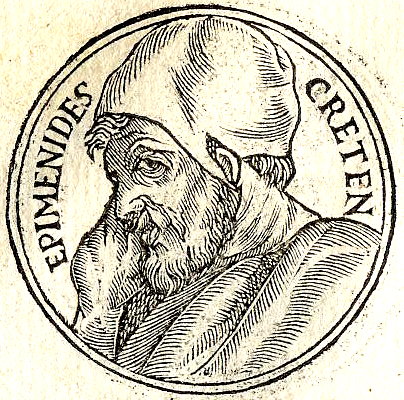 "What she said" in the vernacular is a way of expressing or agreeing with what the speaker just said. We can extend this useful idea in all kinds of ways. E.g.
"What she said" in the vernacular is a way of expressing or agreeing with what the speaker just said. We can extend this useful idea in all kinds of ways. E.g.
(1) we can apply a negation operator. Thus 'not what she said'.
(2) we can apply it recursively. Thus
A: Snow is white
B:what A said
C:what B said
and so on. Note that all three are statements, each of them says something. Thus to say something is either (i) to say something without reference to another statement. This is the boundary condition. (ii) to reference some other statement which also says something. This is the recursive case.
(3) We can use other pronouns than the third person. E.g. to saying to C, 'not what you said', thus disagreeing with C, and thus disagreeing that snow is white. In the first person 'what I said', emphasising again what you said before, 'not what I said', changing your mind, as we do. And finally 'not what I am saying'. Does this say anything? No. It is a recursive case that has no boundary condition.
(4) Finally, we can ask a question. Thus 'what C says?', to which the answer could be 'what C says', or just 'Snow is white', or 'not what C says', thus 'Snow is not white'. As for 'not what I am saying?', there is no appropriate answer, given that 'not what I am saying' has no boundary condition, as in case (3) above.
No comments:
Post a Comment